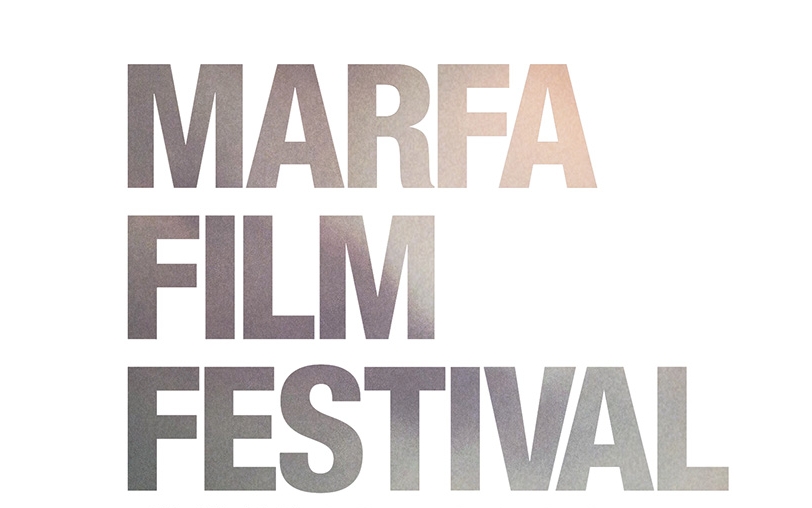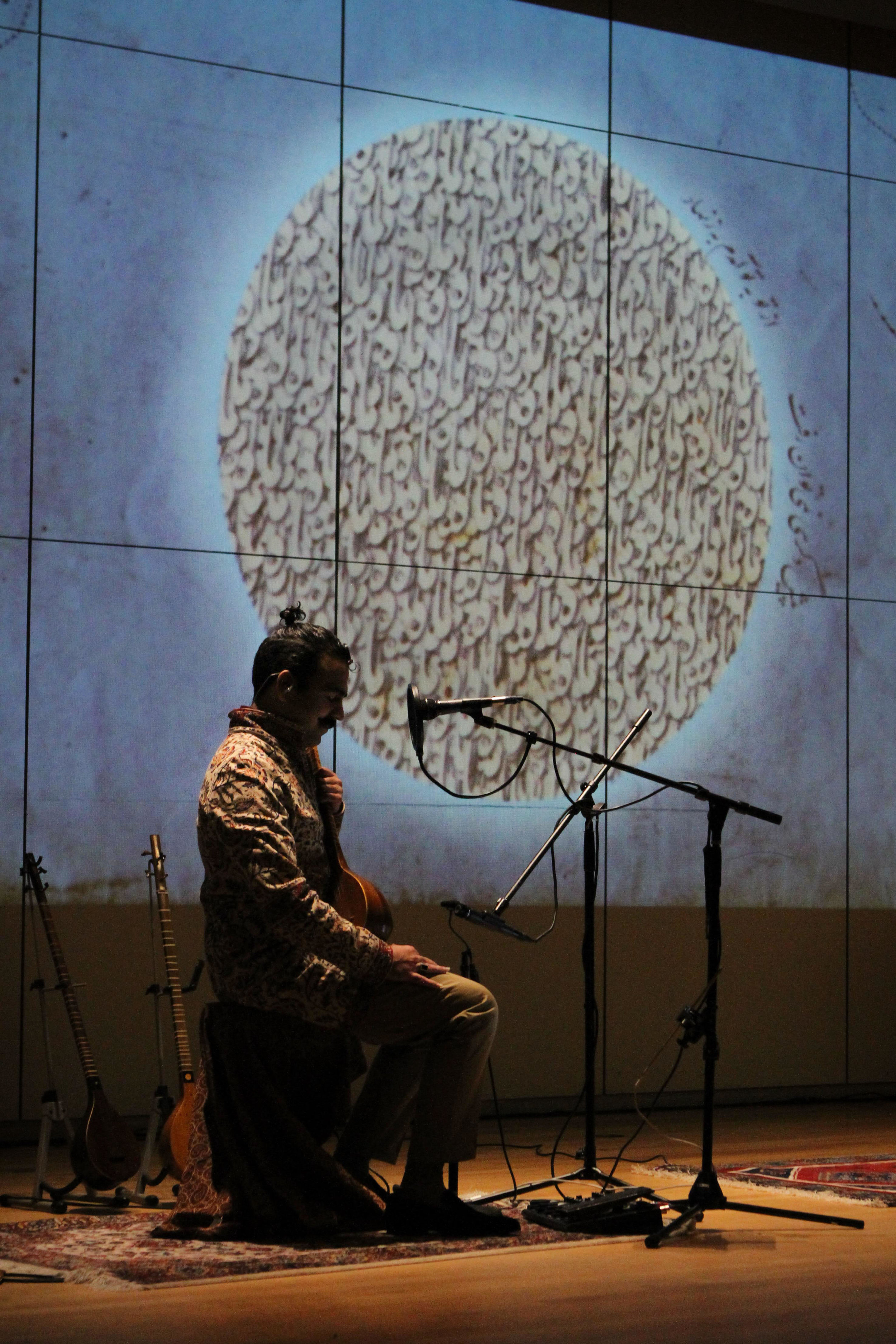SPECIAL EVENT : MICROTONE
LIVE SCORE PERFORMANCE
In light of Trump's travel ban which includes restrictions on Iranian immigration and we are pleased to present these stunning visual designs and animations by graphic and animation artists Naghmeh Farzaneh (award-winning female Iranian immigrant) and Kourosh Beigpour. Join us in enchantment, as we journey the modern & classical Persian improvisations and compositions and multimedia visuals, directed and composed by the artist & singer/songwriter Fared Shafinury a critically acclaimed Persian setar virtuoso and world class vocalist who will be accompanied by master Persian percussionist, Hesam Dianpour.
The music and visuals will be narrated and sung with classical poetry from the twelfth to the fourteenth century, from well known Persian poets such as Rumi, Hafez, & Sa'di. Translations will be available for non Persian speaking audience members. MicroTone will explore the relationship between Persian poetry, music, geometry, and the ancient understanding of the cosmos. Thursday at 9:30pm MFF will present a 45minute excerpt of the full Microtone Project performance.
THURSDAY JULY 12 | GALLERY AT MFF LOUNGE | 9:30PM
Naghmeh Farzaneh is an independent Iranian filmmaker and animator based in Chicago. After finishing her BFA in painting in her hometown, Tehran, she found the stories she had to tell were bigger than the surface of a canvas. In her exploration for a new medium she began her first animated film, Trapped in Time. The work received international recognition in many film festivals. In 2011 she immigrated to the United States to continue filmmaking and earned her MFA in Animation at the Rochester Institute of Technology.
Naghmeh has done extensive work in two-dimensional animation, collaborative works with independent artists and filmmakers, and served on the juries of several international film festivals.
A word or two about the project from the Artist himself:
To say simply, Persian microtones are infinitely sequenced notations that occur on the traditional seven point scale. They exist in all twelve Persian modes (dastgahs) and are emphasized in certain melodic frameworks (gushes). specifically they are found on the meridian halfway points between the various flats & sharps with respect to the natural note at hand. This might be a bit dense to process if one is not all too familiar with concepts of Persian music theory; however, microtones can also be seen and understood in another way entirely. They can be seen and felt as part of the natural world, where music becomes an expression of how people understand both the physics & mysticism behind the cosmos and the world they live in.
This connection between music as an art form and the science of the natural world spans the ancient history of classical & traditional Persian music to the modern day. In the words of a twelfth century Persian philosopher, Al Farabi, "An art, which has an aim to achieve the beauty, is called a philosophy or in the absolute sense it is named wisdom." It's clear that Al Farabi equated art to philosophy, and hence, he understood the world through the looking glass of beauty.
If we attempt to bypass the discussion of music theory, we can try to understand the concept of the microtone on a different level. Microtones are certain vibrations that oscillate and linger between different spaces in time, not unlike the orbit of the moon around the Earth, or the Earth around the sun. They can act as epic cliff hangers & moments of ponder in a composition, or conversational thresholds in the separation between the notes. They can convey a distinct color, thought, or emotion. They can play with shadow and light, just as the moon waxes and wanes.
Persian microtonal scales can be felt deeply in the heart, evoking mystical intervals in time and space. These scales were historically reserved to be performed at certain times of the year, month, and day. They can be felt like the idea of purgatory or a limbo state as so to speak. They are neither light nor dark, round or straight. Sometimes an interval of music that contains a microtone can evoke feelings associated to the very few minutes before a sunrise or a sunset, when twilight both cloaks and illuminates the wolf's hunt, or the very few moments post sunset, when fairies begin to dance the night away. With smaller and denser intervals in Persian music, a finer ear is trained, where every nuance is felt and transmitted between the musician and listener. For this concert, I welcome you to come and listen, look, and most importantly feel for these etherial spaces in time. - fs




